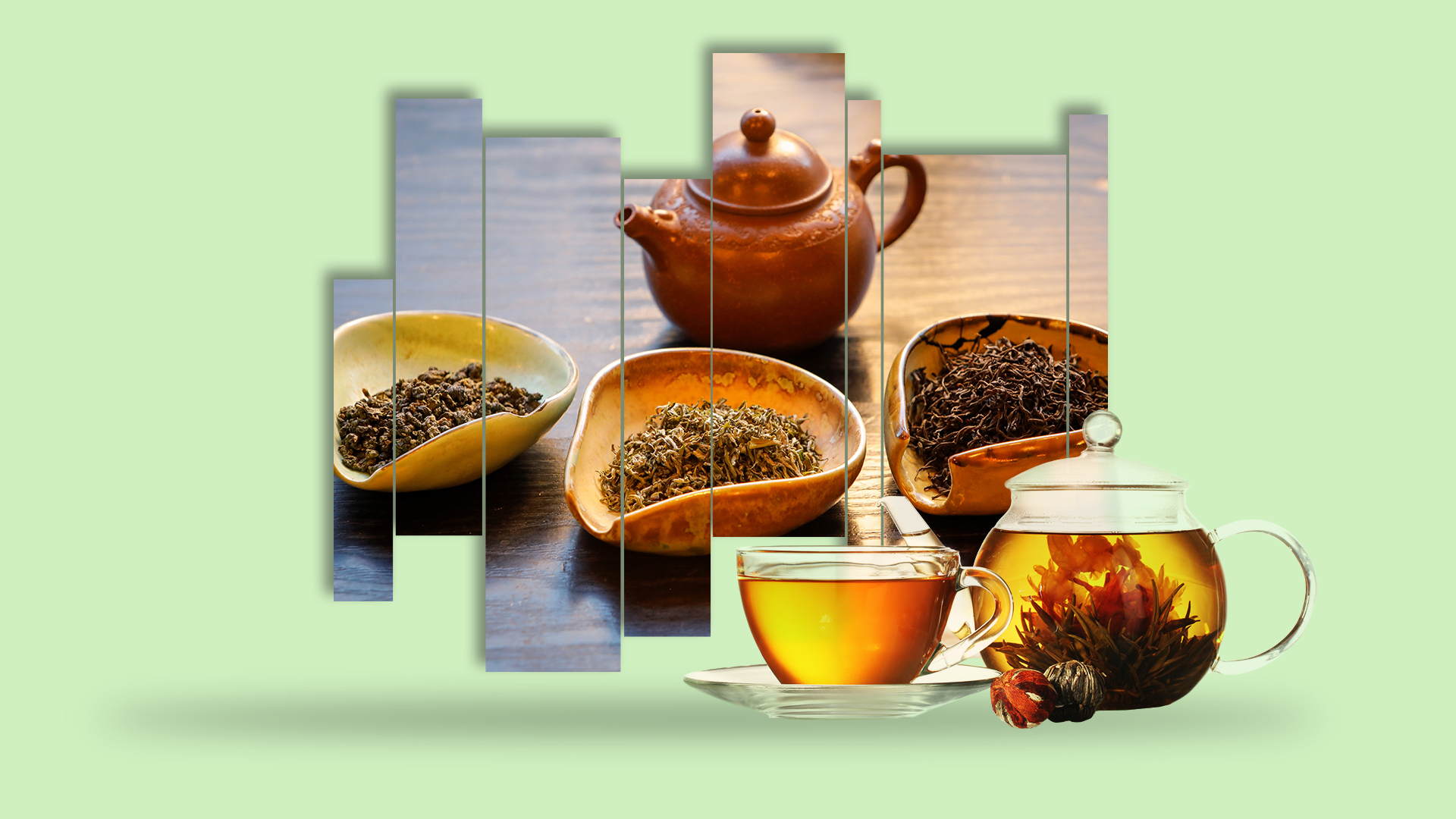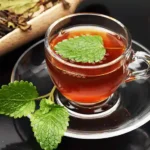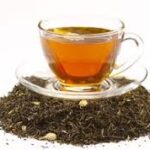Tea and Its Cultural Significance in Asia – Tea has been an integral system of Asian culture for an eternity. It was initially presented to Asia in the 6th century by Buddhist monks, and it rapidly spread all over the region. Tea was regarded as a lavish item for a while and was used to be presented only on exceptional occasions or to respect guests.

Not like in the West where a mass-manufactured bag is carelessly soaked in boiling water, tea in Asia is considered much more seriously. In fact, the history of Asian tea takes us all the way back to the start of recorded history itself!
Even the way of pouring tea in Asia has been declared an art that takes years of dedication to be perfect. A distinctive range of teas are steeped at particular temperatures for fixed amounts of time to gain the perfect cup.
Tea in Asia knows no boundaries. From meeting rooms in Tokyo skyscrapers to the smallest huts in distant Chinese villages to Chai pe Charcha among friends in India, a steaming pot of tea is being made at any given time! As you travel all over China and other countries, you will frequently be offered a cup of tea without any charge.
The History of Tea
So who was the first person to decide to soak leaves from a haphazard shrub and by mistake invent a drink that takes the second position after water in consumption?
In spite of the fact that credit is usually given to the border regions of East Asia, South Asia, and Southeast Asia—particularly the area where India, China, and Burma meet—no one really knows who decided to soak the initial tea leaves in water or why. The act possibly defines written history. Genetic theories of the camellia sinensis plant recommend that the first tea trees arose near North Burma and Yunnan, China.
Nevertheless, all can say yes to one thing: Tea is the most popularly consumed beverage in the world. Yes, it even overtakes coffee and alcohol.
The first commitment to paper evidence of creating Asian tea goes back to a Chinese work from 59 B.C. Historical evidence shows that tea was later laid out east to Korea, Japan, and India around the time during the Tang dynasty in the ninth century. The techniques used to prepare tea advanced over time, based on the choices of the current dynasty.
Cultural Significance of Tea in Asia
Asian tea ceremonies are a significant part of various conventional and traditional Asian cultures. They include the ritual of brewing and serving a distinctive type of tea, generally with an intricate ceremony. The ritual of a tea ceremony usually involves a range of extraordinary elements, from the variety of tea being served to the decorations and utensils used to brew and serve it. Let’s have a look at the top 3 cultures of the Asian Countries –
China: The Homeland of Tea
China is the first and foremost country in the world to have seeded tea and is the primary and ancient homeland of tea culture. Fortunately, because of its distinctive geographic climates, Chinese people have produced multiple varieties of tea with extraordinary flavors.
How do Chinese people brew and serve tea?
‘Gongfu Cha’ (or Gongfu tea ceremony), implies “preparing tea with skill.” It is a famous process of making and presenting tea in China. Also, it implements the use of a wonderful Yixing tea set to brew and serve the beverage. Significantly, water quality and temperature are the two most essential elements that have to be looked into while brewing tea. The process is mostly relevant to Oolong teas.
Moreover, the ritual of tea drinking was laid out from China to other countries via cultural interchange via the ancient “Tea Horse Road” (Southern Silk Road) and other trade channels.
The Matcha Ceremony in Japan
Tea was laid out to Japan from China around the era of the ninth century by a traveling Buddhist monk. And was later vehemently incorporated into Japanese culture.
But what’s a Japanese tea ceremony like?
The Japanese tea ceremony is usually called matcha. In Japan, serving tea is not only a skill but also a spiritual dedication. As a skill, the tea ceremony is an event to respect and value the uniformity of the tea room’s design, the emotion of the tea bowl in the hand, and the company of friends. As a dedication, aesthetic inspection of floral arrangements, ceramics, and calligraphy is important.
Chai: The Way Indians Drink
Globally, India is one of the biggest tea manufacturers. It has gained the skill of tea consumption from Tibet ages ago.
What are the characteristics of Indian chai?
The name “chai” is the Hindi term for tea; it implies an infusion of spices mixed into a tea-like beverage. The conventional and traditional elements of spiced tea often involve black tea. Mix this with robust spices such as cinnamon, cloves, and ginger. As tea is India’s most famous beverage, you may observe lots of roadside chai stalls selling hot chai with spices, sugar, and milk.
Also, the ritual usually takes place in the morning or evening. In addition, this is the time to rejuvenate and socialize with family and friends. Moreover, the tea is made in a pot and poured into small cups. Also, it is often served with snacks such as samosas, biscuits, and other fried foods.
Conclusion on Tea and Its Cultural Significance in Asia
With numerous consumables we enjoy, there is an involvement of a lot of hard work. Moreover, the involvement of potential mishandling to gain that tea from Asia into your cup.
Tea workers in a lot of places are roughly underpaid. They need to work long hours in tough situations for just a minimum of dollars per day. Workers receive their pay by the kilogram of tea picked. As you can imagine, it requires a lot of small leaves to equal any fundamental amount of weight.
Each ceremony has its own extraordinary history and importance. And they all provide a meditative and thoughtful experience. Whether you’re a tea aesthete or simply interested in knowing various cultures, these ceremonies provide a highlight into the rich history and traditions of Asian countries.
FAQs on Tea and Its Cultural Significance in Asia
Question1. What is the name of Tea in India?
Answer. The name of Tea is ‘Chai’ in India.
Question2. Which ceremony does Japan follow?
Answer. Japan obeys the Matcha ceremony.





